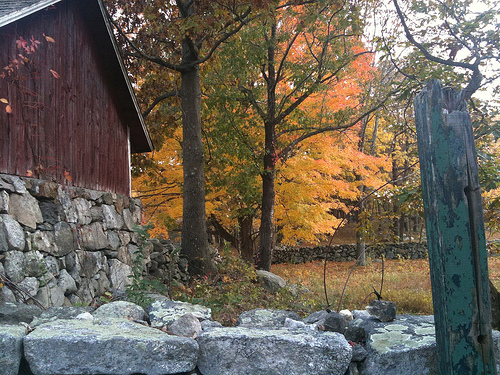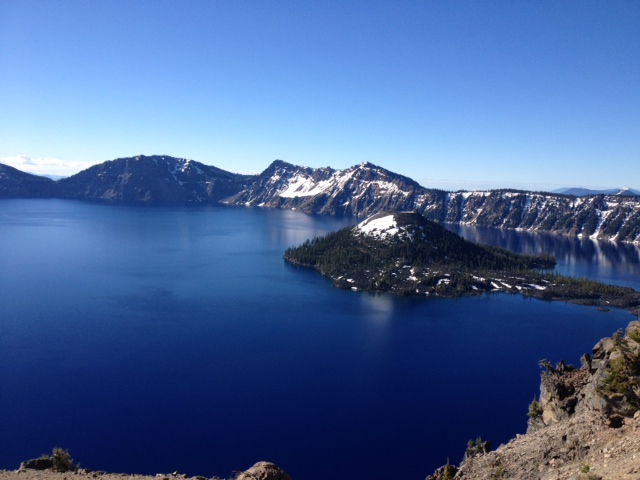Hike Blue Mesa, Petrified Forest National Park
 Driving east of Flagstaff, the dry arid Arizona terrain gives way to colorful bands of rock, as if some Impressionist painter laid down his brushstroke on the badlands. Welcome to the glorious Painted Desert. Continue a wee bit south and prehistoric rock gives way to 200 million year old petrified wood, also colored in rainbow hues, the home of Petrified Forest National Park. Once a playground for dinosaurs, Petrified Forest also was a settlement for a long line of Native Americans as evidenced by the Agate House, an ancient pueblo built of petrified wood. By all means, get out of the car with camera in tow and take several of the short hikes. A one-mile loop called Blue Mesa brings you to the multi-hued sandstone, while the half-mile Giant Logs Loop leads to the biggest trees in the park, some with trunks close to ten feet in diameter.
Driving east of Flagstaff, the dry arid Arizona terrain gives way to colorful bands of rock, as if some Impressionist painter laid down his brushstroke on the badlands. Welcome to the glorious Painted Desert. Continue a wee bit south and prehistoric rock gives way to 200 million year old petrified wood, also colored in rainbow hues, the home of Petrified Forest National Park. Once a playground for dinosaurs, Petrified Forest also was a settlement for a long line of Native Americans as evidenced by the Agate House, an ancient pueblo built of petrified wood. By all means, get out of the car with camera in tow and take several of the short hikes. A one-mile loop called Blue Mesa brings you to the multi-hued sandstone, while the half-mile Giant Logs Loop leads to the biggest trees in the park, some with trunks close to ten feet in diameter.

 This week I’m celebrating the upcoming
This week I’m celebrating the upcoming  Sort of ironic that the only time I’ve ever been
Sort of ironic that the only time I’ve ever been  I call it a “Holy Shit” moment. One of those rare occurrences in travel when you round a bend and see something so stupendous that you’re shouting expletives of joy. This is exactly what happens when you reach the rim of Crater Lake. You’ve never seen water such a shade of vibrant blue, the result of sunlight pouring down on the deepest lake in America. Ringed by jagged peaks, it’s a captivating site that you’ll want to see from every available parking site. Though if you were wise, you booked a room at the
I call it a “Holy Shit” moment. One of those rare occurrences in travel when you round a bend and see something so stupendous that you’re shouting expletives of joy. This is exactly what happens when you reach the rim of Crater Lake. You’ve never seen water such a shade of vibrant blue, the result of sunlight pouring down on the deepest lake in America. Ringed by jagged peaks, it’s a captivating site that you’ll want to see from every available parking site. Though if you were wise, you booked a room at the